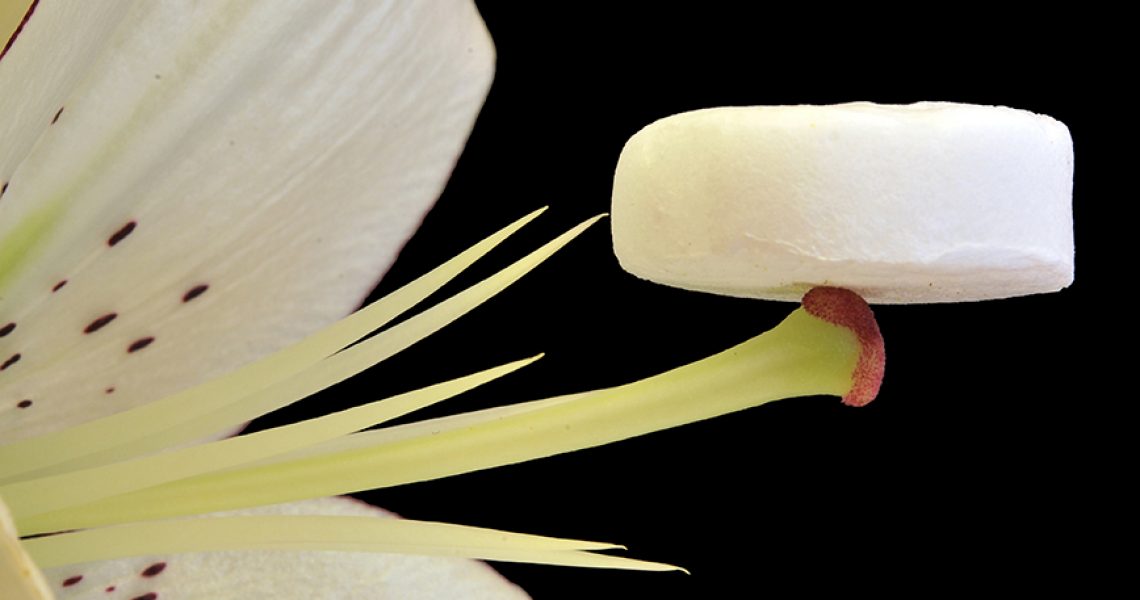Nanocellulose aerogels are a relatively new type of lightweight material where around 99% of the material consists of air. Research has shown the potential for nanocellulose arogels, among other things, for high-performance insulation and purification of water, but the process of making them has required special equipment such as shock freezing with liquid nitrogen followed by freeze-drying. Now researchers at KTH have produced aerogels using the bio-based substance alginate, calcium carbonate – and a standard -18 ° C freezer.
In addition, through a process that cross-links the fiber network, the aerogel becomes wet-stable, ie can withstand water without breaking. The researchers then added proteins to the finished aerogel, to demonstrate the possibility of using the material in medical devices in the future.
– We showed that you can use this for biomedical applications by having a controlled release of the proteins, says Jowan Rostami, PhD student in the project, to kth.se.
The results were recently published in the highly regarded journal Materials Today.
– With this work, I hope that you can see that it is possible to tailor the properties and structure according to need, as well as the opportunity to further functionalize to use the materials in the application you have in mind, says Jowan.
Read more in the article at kth.se and kth.se/cbh
Jowan Rostami, Korneliya Gordeyeva, Tobias Benselfelt, Ekeram Lahchaichi, Stephen A. Hall, Anastasia V. Riazanova, Per A. Larsson, Goksu Cinar Ciftci, Lars Wågberg,
Hierarchical build-up of bio-based nanofibrous materials with tunable metal–organic framework biofunctionality, Materials Today, 2021, (in press)
https://doi.org/10.1016/j.mattod.2021.04.013


